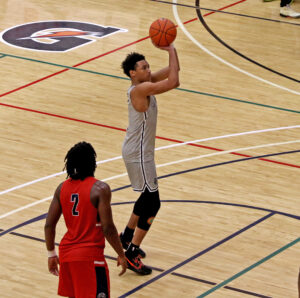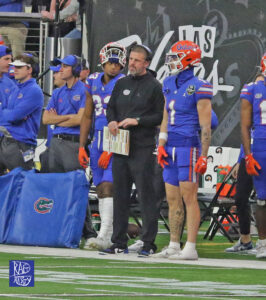Did the numbers get it right? A follow up to “Choosing a National Champion With Analytics”
3 min read
It was a long wait for the fans in Waco for the Baylor's men's basketball team to hoist the championship trophy. The same can be said for the Stanford Cardinal women's team.
Last month, DraftNasty’s Troy Jefferson presented a model, which was supposed to be a guide to choosing a champion in the NCAA Tournament, by way of studying the past 15 title winners.
Well, what did the numbers tell us?
First let’s revisit yesterday’s final score. Baylor led the entire game against Gonzaga in the National Championship, en route to a 86-70 victory.
Remember, we identified seven metrics that on average defined collegiate basketball champions and in the story, Baylor and Gonzaga were our top two choices because they fit 5/7 of the data points.
- Usually a 1 seed
- An experienced head coach (coached 10 seasons before a title)
- A roster that has on average 1.65 years of exp.
- Around 4-5 future NBA players (players that play at least one game in the NBA)
- 4 players that average double figures
- Plays about a top 15 strength of schedule
- Is either top 50 nationally in points scored OR top 50 in points against… interestingly enough, rarely is a team dominant in both areas. The 2011-2012 Kentucky Wildcats and 2006-2007 Florida Gators were the only teams to rank top 25 in both and win a title.
Another stat that stood out that wasn’t included in our model, was the importance of having a McDonald’s All American. Baylor became just the third champion to not have at least one McDonald’s All American (2014- UCONN and 2002- Maryland).
We did state previously though that some teams in the past have had magical runs because of stellar guard play like those UCONN Huskies that were led by Shabazz Napier and Ryan Boatright or those Terps that had future pros: Juan Dixon and Steve Blake.
Well, 2021 was no different, UCLA’s Johnny Juzang and Syracuse’s Buddy Boeheim also led their teams on magical runs after coming into the tournament as double digit seeds. Our model also did indicate that the Midwest and East regions could claim a Cinderella run because the two regions lacked a formidable one seed (both Illinois and Michigan failed to reach the Final Four).
Did the model hold true for the women’s champion?
On the women’s side, Stanford defeated Arizona, 54-53. Let’s see how they stacked up against the model.
Stanford Cardinal
- A 1 seed in the “Alamo Region”
- Head coach Tara VanDerveer has coached the team since 1996
- Roster featured 7 upperclass players and sophomore standouts like Haley Jones and Francesca Belibi
- Kiana Williams, Jones and Cameron Brink are pro ready. Belibi, Lexie Hull and Anna Wilson could also play at the next level.
- 3 players averaged double figures and Brink averaged 9.9
- Had a top 5 SOS
- The Cardinal also ranked 14th overall in scoring offense and 8th overall in scoring defense
Interestingly enough, the Stanford Cardinal fit the model like a glove and just missed checking every box by one tenth of a point (LITERALLY)! Despite, winning by the slimmest of margins, it shouldn’t come as a surprise that the women took home the championship, their school’s first since 1992.









